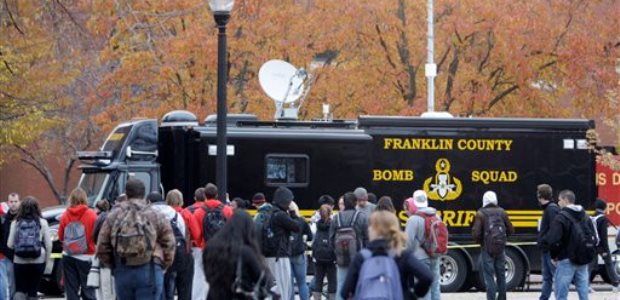
NIJ Taking Public Comments on Bomb Suit Testing Standard
Nov. 14 is the comment deadline on the draft standard, which was developed by a panel of technical experts and reviewed by an Advisory Working Group with representatives from organizations that included the National Bomb Squad Commanders Advisory Board, International Association of Chiefs of Police, DHS, and the FBI.
The National Institute of Justice is accepting comments on its draft 0117.01 Bomb Suit Standard For Law Enforcement, Corrections, and Public Safety. It is a voluntary performance and testing standard for bomb suits used by certified public safety bomb technicians while performing render-safe procedures and disposal activities. It provides precise, detailed testing methods.
NIJ published an announcement of the comment period, which ends Nov. 14, in the Oct. 9 issue of the Federal Register. The draft standard is based on research from the U.S. Army Natick Soldier Research, Development and Engineering Center, as documented in a 2008 report.
The standard addresses six key areas: fragmentation, impact, flame, some blast overpressure, optics, and ergonomics. "Fragmentation, impact, flame, and blast overpressure are hazards against which a bomb technician needs to be protected when performing render safe procedures. Optics and ergonomics relate to a bomb technician's ability to perform render safe procedures while wearing the bomb suit. The standard balances the protection requirements against the bomb technician’s need for mobility, clear vision, and dexterity," the draft states.
The draft and two associated documents -- Public Safety Bomb Suit Certification Program Requirements, NIJ CR-0117.01, and Public Safety Bomb Suit Selection and Application Guide, NIJ Guide–0117.01 -- were produced as part of the Standards and Testing Program of the U.S. Department of Justice, Office of Justice Programs, NIJ.
The document was developed by a panel of technical experts and reviewed by an Advisory Working Group with representatives from organizations that included the National Bomb Squad Commanders Advisory Board, International Association of Chiefs of Police, Fraternal Order of Police, several DHS units, National Sheriffs’ Association, and the FBI’s Hazardous Devices School.